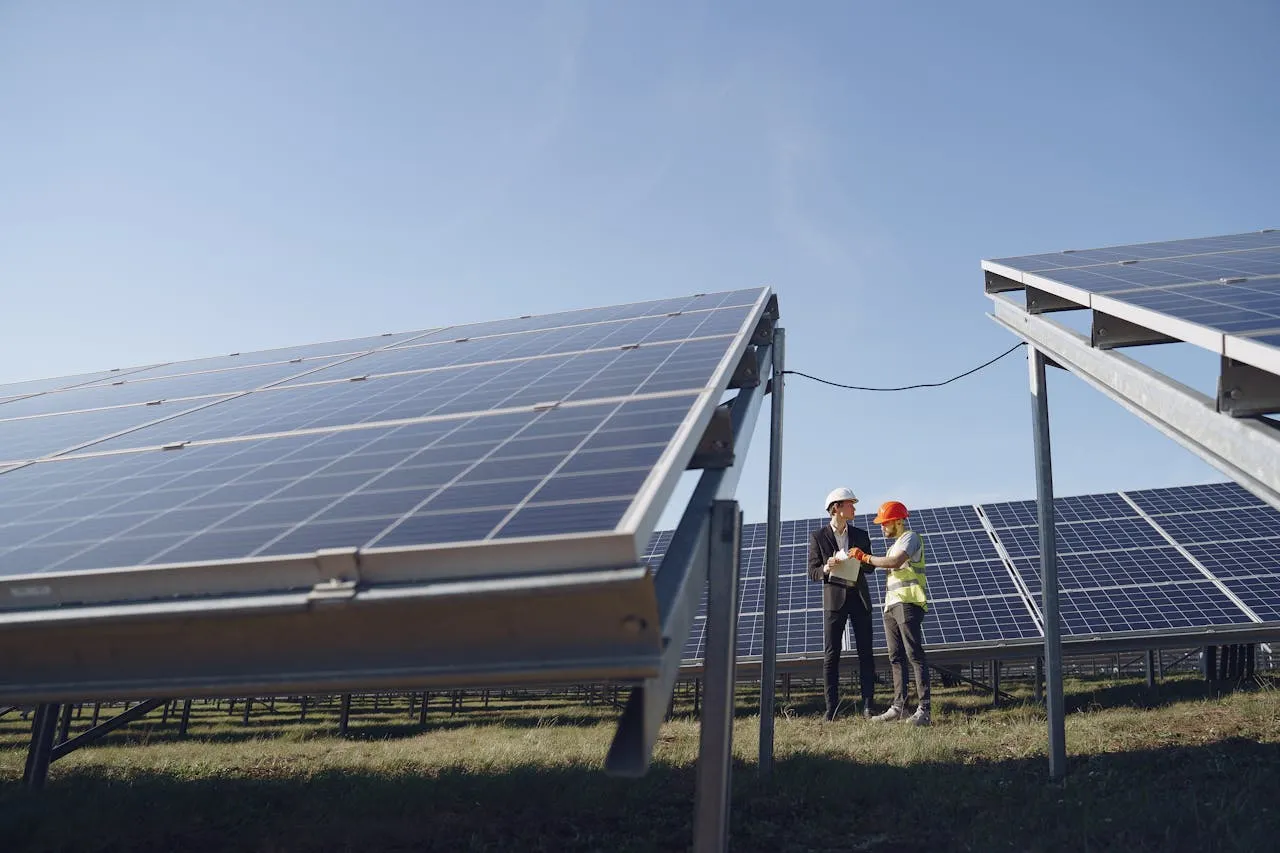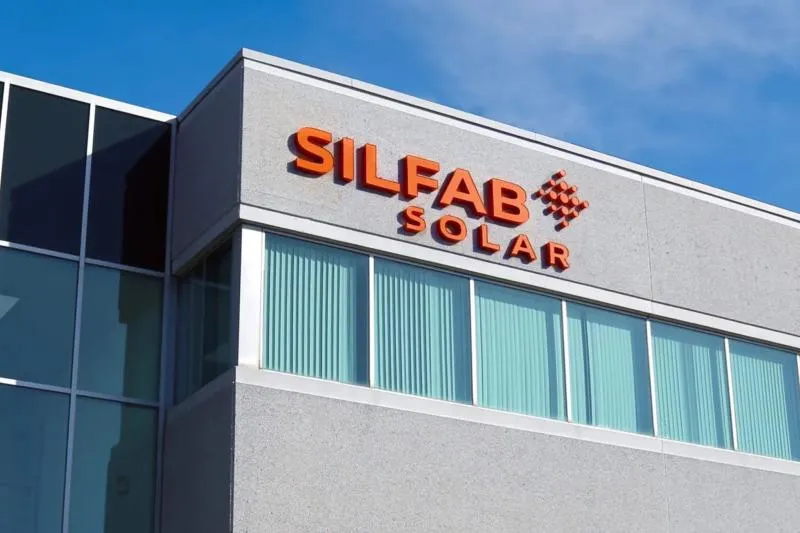
Silfab Solar Finalizes $110 Million Transfer of 45X Advanced Manufacturing Tax Credits to Accelerate U.S. Solar Manufacturing Expansion
Silfab Solar, a recognized leader in the design and manufacture of high-performance photovoltaic (PV) modules, has announced a major milestone in its continued growth in the United States: the successful transfer of up to $110 million in Section 45X Advanced Manufacturing Production Tax Credits. This strategic move not only represents a critical financial inflection point for Silfab Solar but also reinforces the company’s ongoing efforts to expand domestic manufacturing capacity and reduce America’s reliance on foreign-made solar technologies.
The transaction highlights the increasing importance of the Inflation Reduction Act’s (IRA) Section 45X tax credit, which provides direct incentives for domestic manufacturing of clean energy components such as solar cells, modules, and other technologies critical to the clean energy transition. By monetizing these credits through a transfer sale, Silfab is unlocking a substantial new revenue stream—without needing to wait for IRS tax filing cycles—to reinvest directly into its U.S. operations.
Strengthening the Foundation of American Solar Manufacturing
Silfab’s sale of $110 million in 45X credits marks one of the larger known transactions of its kind in the solar industry, underlining the growing momentum behind clean energy manufacturing in the United States. These funds will be reinvested into Silfab’s state-of-the-art production facilities and help fuel continued domestic expansion to meet surging demand for solar modules made on U.S. soil.
“Silfab Solar is a proven manufacturing leader in the United States, especially with our investment in the production of American-made solar cells,” said Paolo Maccario, CEO and President of Silfab Solar, Inc. “The 45X production incentive remains a formidable and necessary tool to bring manufacturing into the United States. We are proud to help advance the nation’s clean energy goals while expanding our own operational capabilities and workforce.”
The transferred credits represent a dynamic tool offered by the IRA that allows companies like Silfab to access upfront liquidity by selling their eligible manufacturing tax credits to third parties. This mechanism not only provides immediate financial capital but also incentivizes private sector participation in the transition to a cleaner, more resilient energy infrastructure.
Investing in the Future: New and Expanded Facilities
As part of its broader U.S. manufacturing strategy, Silfab Solar is currently operating a next-generation solar cell manufacturing and module assembly facility in South Carolina. The facility, equipped with advanced automation and precision engineering technologies, is expected to initially deliver 1 gigawatt (GW) of domestically produced solar cells and 1.3 GW of solar modules annually. These products are targeted toward the residential, commercial, and utility-scale solar markets.
This South Carolina facility adds to Silfab’s existing U.S. manufacturing presence. The company also operates a 1.1 GW solar module production plant in Burlington, Washington, which serves as a hub for innovation and delivery of high-efficiency PV modules tailored for North American energy markets. The expansion of its South Carolina facility reflects Silfab’s commitment to reshoring key elements of the solar supply chain—especially solar cell production, a component that has long been dominated by foreign manufacturers.
The importance of these investments cannot be overstated. By establishing solar cell manufacturing capabilities within the U.S., Silfab is helping reduce the sector’s dependence on overseas supply chains, ensuring greater stability, energy security, and control over the quality of critical clean energy inputs.
Supporting Economic Growth and Clean Energy Independence
Beyond the technical and operational achievements, Silfab’s expansion brings important social and economic benefits to the communities in which it operates. Hundreds of new jobs are being created in South Carolina and Washington state, providing well-paying positions in engineering, manufacturing, maintenance, logistics, and other sectors. These jobs contribute directly to the economic revitalization of local communities and support the nation’s broader goals of building a sustainable, clean energy workforce.
“Silfab is deeply committed to the country’s desire for energy independence, which we are achieving through production of our high-quality, powerful solar modules along with the creation of hundreds of good-paying jobs for Americans,” added Maccario.

As domestic energy production grows, so too does the strategic value of companies like Silfab that invest in the core components of energy generation infrastructure. These commitments are particularly critical at a time when global energy dynamics are shifting rapidly, and energy security is becoming an even more important consideration for U.S. policymakers and industry stakeholders.
Creating a Market for Clean Energy Tax Credits
The growing market for transferable tax credits like those under Section 45X has opened up new financing pathways for clean energy companies and investors alike. This innovation in policy and market design was one of the key provisions of the IRA, specifically designed to jumpstart manufacturing and build domestic capacity quickly.
Rather than being restricted to offsetting their own tax liabilities over time, companies can now monetize the credits and reinvest in growth and infrastructure immediately. This liquidity has become a vital tool for companies scaling their manufacturing operations in the U.S.
In the case of Silfab, the ability to transfer these credits means the company can maintain a strong pace of development while minimizing reliance on debt or equity financing. This is particularly important in an industry where upfront capital costs are high and margins can be slim. It also reduces delays in deploying clean energy technologies to the market.
Strategic Partnerships in Tax Credit Monetization
To facilitate this complex transaction, Silfab Solar partnered with BDO USA, one of the country’s leading accounting and advisory firms. BDO served as the tax credit transfer advisor, providing critical support in structuring and executing the sale in compliance with applicable regulations.
BDO’s Business Incentives & Tax Credits (BITC) practice specializes in helping clients across the energy, manufacturing, and infrastructure sectors identify, generate, and monetize federal and state-level incentives. Their role in this transaction reflects the growing ecosystem of advisory, legal, and financial services now emerging to support the expanding tax credit transfer market.
“Helping clients unlock the full value of available tax incentives is a growing area of focus for our practice,” said a BDO representative. “Silfab’s successful credit sale demonstrates how the new provisions of the Inflation Reduction Act can work in practice to bring immediate and impactful reinvestment into U.S. manufacturing.”
A Model for Others to Follow
Silfab Solar’s successful monetization of $110 million in Section 45X credits is likely to serve as a model for other manufacturers looking to tap into the transformative incentives offered by the Inflation Reduction Act. As more companies explore this pathway, the overall ecosystem of U.S. clean energy manufacturing is expected to strengthen further.
Already, analysts are pointing to a surge of new announcements in solar manufacturing, battery production, and other cleantech sectors as evidence that these credits are achieving their intended purpose: creating a durable and competitive domestic clean energy industry. Silfab’s leadership in this space sends a clear signal that American manufacturing is not only viable but also thriving under the right policy conditions.
Silfab Solar’s achievements come at a pivotal moment in the evolution of U.S. clean energy policy and industrial strategy. As the urgency of climate change and energy security grows, investments in domestic manufacturing capacity are increasingly seen as essential—not just for meeting sustainability goals, but for strengthening national resilience and economic competitiveness.
With continued support from federal incentives, strong leadership from companies like Silfab, and an expanding network of partners across the financial, legal, and technical domains, the future of American clean energy manufacturing appears brighter than ever.
Silfab’s $110 million credit transfer is more than just a financial milestone—it’s a reflection of the ambition, innovation, and collaborative spirit needed to build a clean energy economy that works for everyone.







